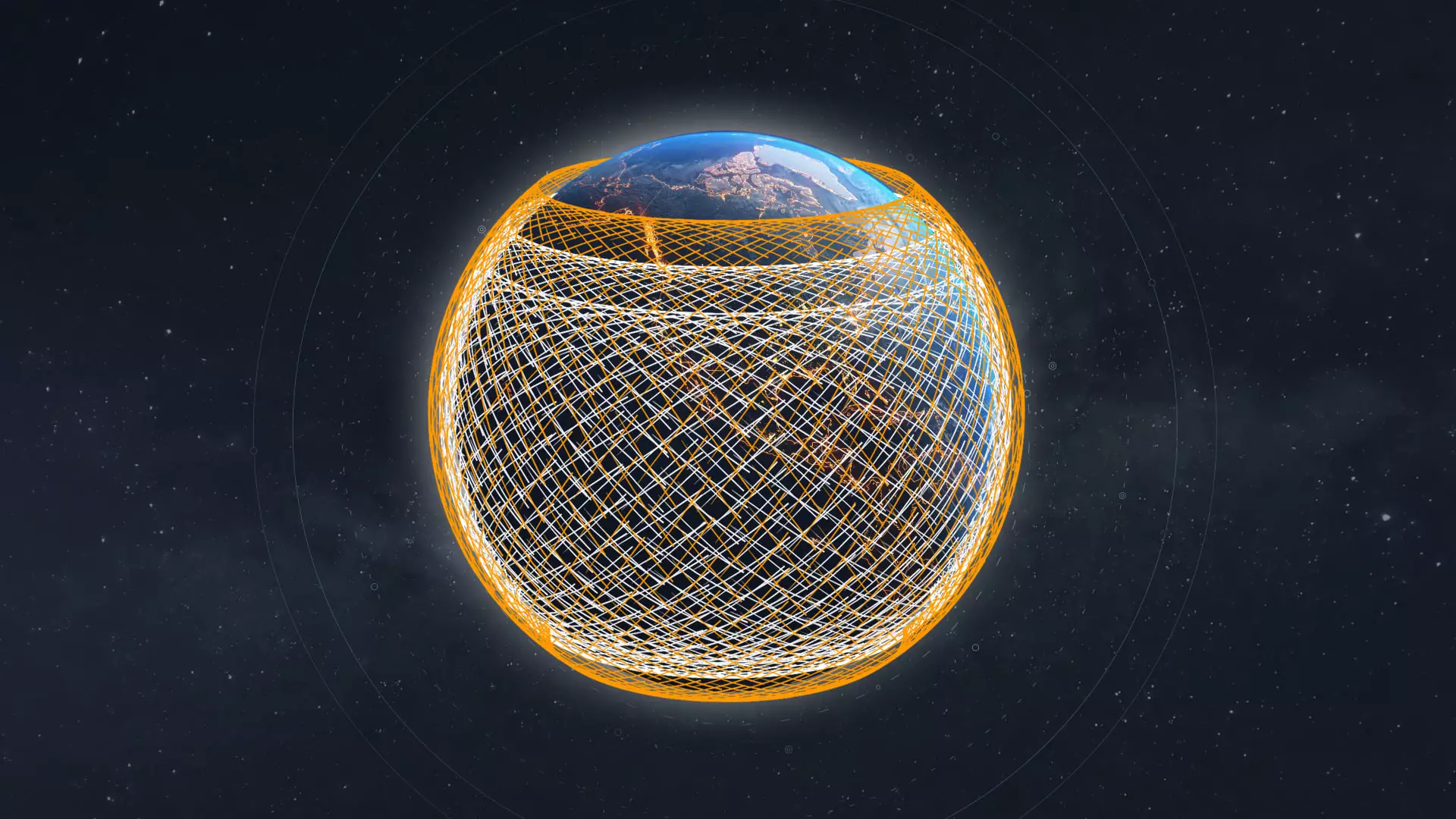Amazon has announced that its upcoming internet satellites under Project Kuiper will incorporate laser link technology, which has proven to enhance data transmission speeds. Traditional satellite systems are restricted to sending data solely between individual spacecraft and the ground. However, with the implementation of laser links, satellites can establish connections with one another. Optical inter-satellite links (OISLs) found in the Kuiper satellites act as a medium for transmitting data through space. This innovation is reminiscent of Elon Musk’s SpaceX, which introduced laser links in the later versions of its Starlink satellites. Laser links have been instrumental in improving the speed and latency performance of these satellite networks, and Amazon hopes to achieve similar results with Project Kuiper.
Rajeev Badyal, the Vice President of Technology for Project Kuiper, explained that the inclusion of optical inter-satellite links across Amazon’s satellite constellation would effectively establish a mesh network in space. Amazon recently conducted laser link demonstrations on its pair of Kuiper prototype satellites, unveiling their capability to successfully transfer data at a rate of 100 gigabits per second (Gbps) over a distance of nearly 621 miles. This impressive achievement signifies a significant breakthrough in space communication technology.
Compared to traditional terrestrial fiber optic cables, Amazon highlights that the data transmission speed with laser links is approximately 30% faster. This speed boost is due to the fact that light travels faster in space than it does through glass. As a result, Kuiper’s orbital laser mesh network will ensure rapid movement of data, allowing for efficient and seamless data transfer.
Amazon already has ambitious plans for the deployment of its commercial Kuiper satellites. The company intends to include laser links in the production phase of these satellites, which will comprise a network of 3,236 satellites in low Earth orbit. To kickstart the project, Amazon has ordered 97 rocket launches, scheduled for the first half of the upcoming year. It is estimated that Amazon will invest over $10 billion in the entire development of Project Kuiper.
The integration of laser links in Amazon’s Project Kuiper represents a significant step forward in satellite communication technology. By utilizing optical inter-satellite links, Amazon aims to build a powerful mesh network in space, boosting data transmission speeds and reducing latency. With the successful laser link demonstrations conducted on its prototype satellites, Amazon has demonstrated its commitment to pushing the boundaries of space-based data transmission. As the development of Project Kuiper moves forward, it is clear that Amazon is dedicated to revolutionizing satellite connectivity and paving the way for a more interconnected world.

